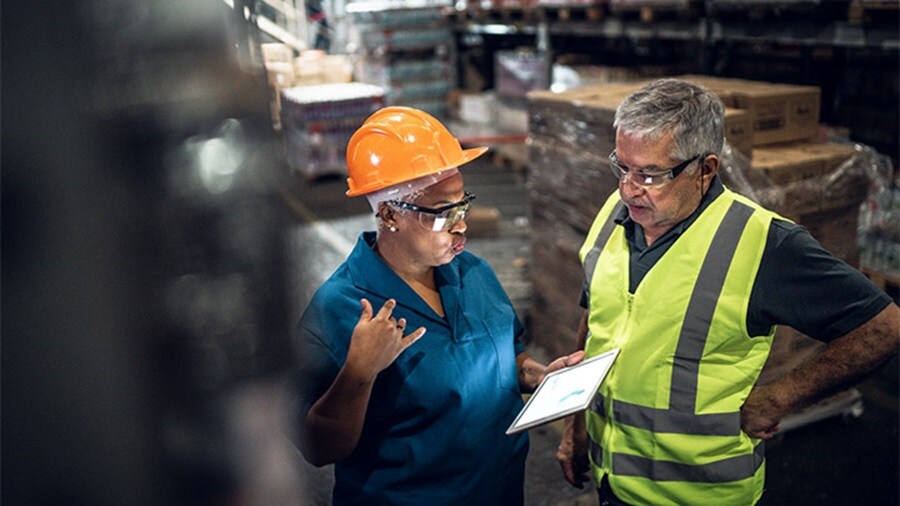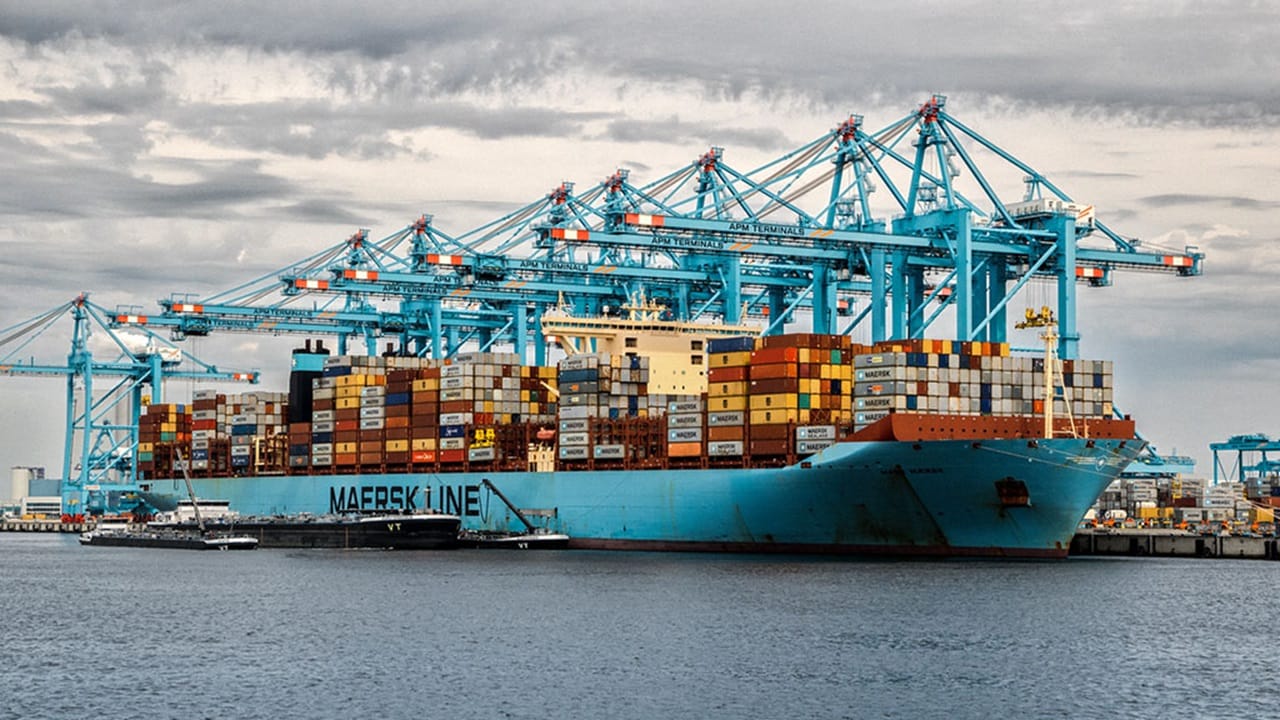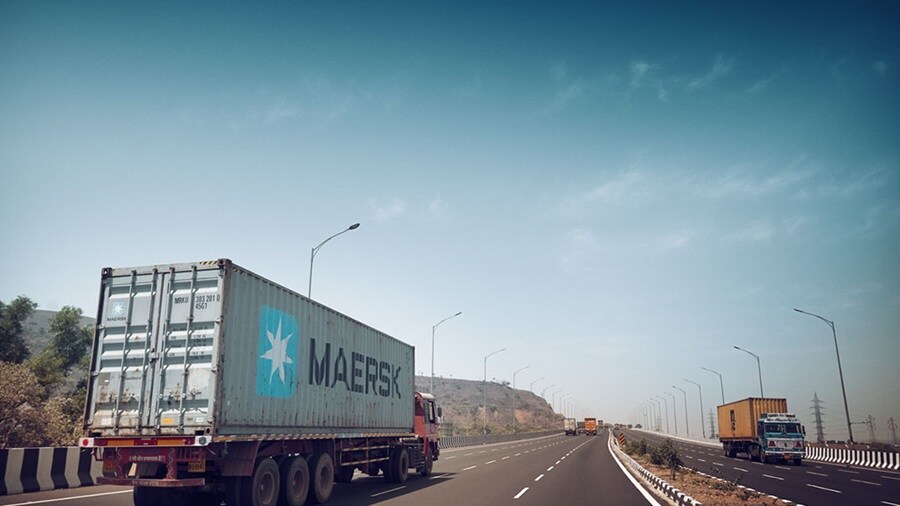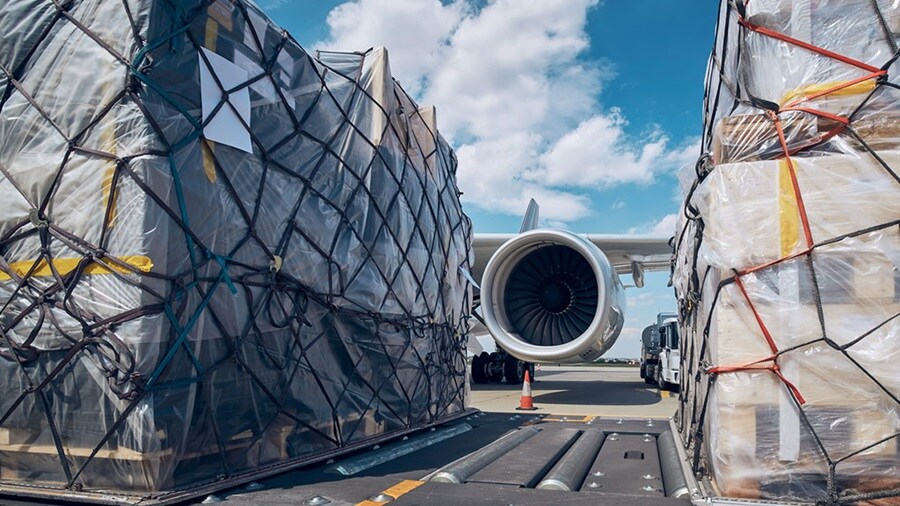As part of our commitment to provide you with the most up-to-date and relevant information on the logistics industry, we share our Market Update on the Latin American market.
You will find information and interesting data on the update of the state of the ports, the most important transport routes and relevant news.
We hope you'll find the following information helpful, as well as inspiring to boost your business and keep your cargo moving.
Topic of the Month: Mid-Year Momentum: Navigating Logistics Trends and Future-Ready Strategies
As we cross the halfway mark of 2025, the logistics industry is at a critical moment of reflection and opportunity. Rapid technological advancements, evolving global trade conditions, and rising customer expectations have continued to reshape the logistics landscape. The first six months have highlighted the growing importance of agile organizations that respond swiftly to disruptions and demonstrate greater resilience and adaptability.
This month´s focus takes a closer look at the key logistics trends that have emerged so far and offers forward-looking strategies to help teams optimize operations, strengthen supply chains, and build momentum for the second half of the year. Now is the time to assess, adapt, and align on what's ahead.
Trends so Far
We spotlight three key trends shaping the industry so far this year: enhanced supply chain visibility, the rise of generative artificial intelligence, and the transformation of customs processes. Each of these trends reflects a broader push toward smarter, more agile logistics operations that can adapt to uncertainty and drive long-term growth.

1. Supply Chain Visibility
In Latin America, supply chain visibility has become more than a competitive advantage; it’s necessary. The region’s diverse infrastructure, political variability, and exposure to global disruptions have made real-time tracking and proactive decision-making essential. According to the Logistics Trend Map, enhanced visibility enables companies to anticipate delays, reroute shipments, and manage inventory more effectively across fragmented networks. In 2025, visibility tools are evolving beyond simple tracking. Aggregators are consolidating data from multiple sources, while platforms are becoming more predictive and actionable.
Companies are also adopting dual-layered visibility—tactical for day-to-day operations and strategic for long-term planning. These capabilities are helping LAM businesses build resilience and agility in a volatile environment.
2. Generative Artificial Inteligence
Generative Artificial Intelligence (AI) continues to reshape logistics in 2025, offering transformative capabilities across the supply chain. From route optimization and demand forecasting to warehouse management and predictive maintenance, AI is enabling companies to shift from reactive to proactive operations. By analyzing vast datasets and generating actionable insights, generative AI supports smarter, faster decisions and greater efficiency. It’s also playing a key role in supply chain automation, reducing manual tasks and enhancing accuracy.

3. Trends in Customs
Customs processes are undergoing significant transformation in 2025, driven by rising regional protectionism, evolving tariff structures, and increasing regulatory complexity. These shifts are compelling companies to rethink their compliance strategies and invest in smarter, more agile customs management. Digitalization and data-driven insights are becoming essential tools for navigating this landscape, helping businesses turn regulatory challenges into strategic opportunities. Read Maersk’s full article on customs trends.
Together, these trends signal a clear shift toward a more intelligent, connected, and proactive logistics ecosystem in Latin America. Companies that invest in visibility tools, harness the power of generative AI, and modernize their customs strategies are better positioned to navigate complexity and seize new opportunities. As 2025 progresses, staying ahead will require not just awareness of these trends, but a commitment to integrating them into everyday operations. The future of logistics in the region is being written now, by those who are ready to lead the change.
Optimizing Operations in the Second Half of the Year
With global trade patterns shifting and customer expectations rising, optimizing core functions like forecasting, inventory management, and continuous improvement is more important than ever. Leveraging the right strategies and technologies can help businesses respond faster, reduce costs, and improve service levels.

1. Demand Forecasting
Demand forecasting is not just a planning tool but a strategic asset. In 2025, businesses are using advanced analytics and AI to anticipate customer needs with greater accuracy, enabling them to scale operations in real time. In the article “3 key forecasting questions for your supply chain", companies are increasingly factoring in geopolitical shifts, economic indicators, and seasonal disruptions like the Chinese New Year to fine-tune their forecasts. This proactive approach helps avoid overstocking, reduces waste, and ensures product availability across diverse markets.
2. Inventory Distribution
Strategic inventory distribution is helping companies reduce delivery times and improve responsiveness. By decentralizing stock across multiple distribution centers, businesses can better serve high-demand regions and adapt to real-time demand signals. Warehousing trends in 2025 are focused on flexibility and speed, with innovations in storage and fulfillment playing a key role. This approach enhances last-mile delivery and minimizes the risk of stockouts or excess inventory.
3. Keep Continuous Improvement in Mind
Continuous improvement remains a foundational principle for operational success. Companies are adopting different methodologies to identify inefficiencies and streamline processes. More importantly, they are fostering a culture of agility, training teams to recognize improvement opportunities and stay ahead of industry trends. According to the Colliers May 2025 report, businesses that prioritize process optimization and workforce development are better positioned to navigate labor shortages and rising costs.
The second half of 2025 presents both, challenges and opportunities for logistics operations in Latin America. By investing in smarter forecasting, strategic inventory placement, and a culture of continuous improvement, companies can build more resilient and responsive supply chains. These efforts not only enhance performance but also position businesses to thrive in an increasingly complex global environment.
As we move into the second half of 2025, the logistics industry in Latin America stands at a pivotal crossroads, where insight must translate into action.

The trends we've explored, rising supply chain visibility, the integration of generative AI, and evolving customs dynamics, are not just shaping the present; they’re defining the future. At the same time, operational strategies like demand forecasting, distributed inventory, and continuous improvement are proving essential for staying agile and competitive.
The companies that will lead in the months ahead are those that embrace change, invest in innovation, and empower their teams to adapt quickly. Whether it’s through smarter technologies, more responsive networks, or a culture of ongoing improvement, the path forward is clear: resilience, intelligence, and agility must be at the core of every logistics strategy.
Now is the time to align your teams, refine your operations, and build momentum for the future. The second half of the year offers a fresh opportunity to not only meet expectations but exceed them.
Ocean Updates

| Trade lane | Comments |
|---|---|
|
Trade lane
North America to Intra-Americas
|
Comments
Operating conditions in Guatemala's Atlantic ports are currently facing significant challenges. Port congestion at Santo Tomas de Castilla, Guatemala, has impacted the schedule of our vessels. This situation has also impacted land transportation, as the entry of export equipment has been restricted due to capacity issues, and the flow of import pick-up has been slow. We will continue to closely monitor the situation and are committed to keeping you informed of any relevant changes. Please note that our North Atlantic Express (NAE) service will temporarily move from Garden City Terminal to Ocean Terminal in Savannah starting in May 2025. |
|
Trade lane
North America and Intra-America to East Coast of South America
|
Comments
New service to Manaus via Manzanillo, transit time from Houston is 20 days. Tango Norfolk omissions will last until August, meanhwile we are serving this product from Cartagena with a transit time of 22 days (to Santos). We now have a bi-weely direct coverage from Manzanillo to Itapoa and Paranagua ports |
|
Trade lane
Central America to North America
|
Comments
Operating conditions in Guatemala's Atlantic ports are currently facing significant challenges. Port congestion at Santo Tomas de Castilla, Guatemala, has impacted the schedule of our vessels. This situation has also impacted land transportation, as the entry of export equipment has been restricted due to capacity issues, and the flow of import pick-up has been slow. We will continue to closely monitor the situation and are committed to keeping you informed of any relevant changes. Please note that our North Atlantic Express (NAE) service will temporarily move from Garden City Terminal to Ocean Terminal in Savannah starting in May 2025. |
|
Trade lane
East Coast of South America to Intra-Americas
|
Comments
Tango extended Norfolk suspension (being attended via barge from Philadelphia) and Rio de Janeiro / Rio Grande biweekly call until the Third Quarter 2025 Citrus season started out of Plate area (Argentina and Uruguay). Seasonal call with Tango in Montevideo as from beggining of June (Maersk Monte Linzor first call ETA June 02nd) ECSA Shuttle attending Itapoa and Paranagua to Manzanillo (Panama) and further connections as from end of May. Bi-weekly service with two vessels connecting ECSA to CAR and US markets. |

Landside updates
Central America, Andina and the Caribbean Sea Area
Colombia:
Buenaventura: The Buenaventura container terminal is experiencing cargo backlogs in its container dispatch operations, impacting the region’s logistics flow. Delivery and ground transportation dispatch times may be impacted by external factors such as terminal dispatch delays, along with protests.
Cartagena: Vehicle Availability Challenge. The situation in Buenaventura appears to be creating a parallel impact in Cartagena, evidenced by a possible decrease in the availability of cargo vehicles due to increased transportation demand to or from Buenaventura.
Costa Rica: With the start of the rainy season, operational challenges are expected at port terminals. Weather conditions have impacted both land and port logistics, leading to adjustments in loading windows and additional coordination requirements.
Honduras: The Puerto Cortés terminal is experiencing operational congestion, resulting in import withdrawal times exceeding 12 hours. This situation has begun to impact the capacity of the logistics corridor, particularly in land transportation. Mitigation actions have been initiated.
El Salvador: The export season for tropical fruits such as mangoes and avocados intensifies. This period marks a key phase for the country’s foreign trade. We continue to support these agricultural campaigns through logistics solutions tailored to the handling of perishables, including specialized capacity and optimized transit times.

Air updates
East Coast South America
We have launched a new domestic air service to operate the São Paulo/Manaus/São Paulo route. This product represents an innovation in cabotage in Brazil.

Highlights
A.P. Moller - Maersk recognised as a Leader in the 2025 Gartner® Magic Quadrant™ for fourth year in a row
For the fourth year in a row, A.P. Moller - Maersk has been recognised as a Leader in the 2025 Gartner Magic Quadrant™ for Third-Party Logistics (3PL) report.
Learn more from the global Maersk team
Learn what’s happening in our regions by reading our Market Updates by region.
Europe
North America
Asia Pacific
Be sure to visit our “Insights” pages where we explore the latest trends in supply chain digitization, sustainability, growth, resilience, and integrated logistics.
Anything you need, we’re here to help
I agree to receive logistics related news and marketing updates by email, phone, messaging services (e.g. WhatsApp) and other digital platforms, including but not limited to social media (e.g., LinkedIn) from A. P. Moller-Maersk and its affiliated companies (see latest company overview). I understand that I can opt out of such Maersk communications at any time by clicking the unsubscribe link. To see how we use your personal data, please read our Privacy Notification.
By completing this form, you confirm that you agree to the use of your personal data by Maersk as described in our Privacy Notification.
